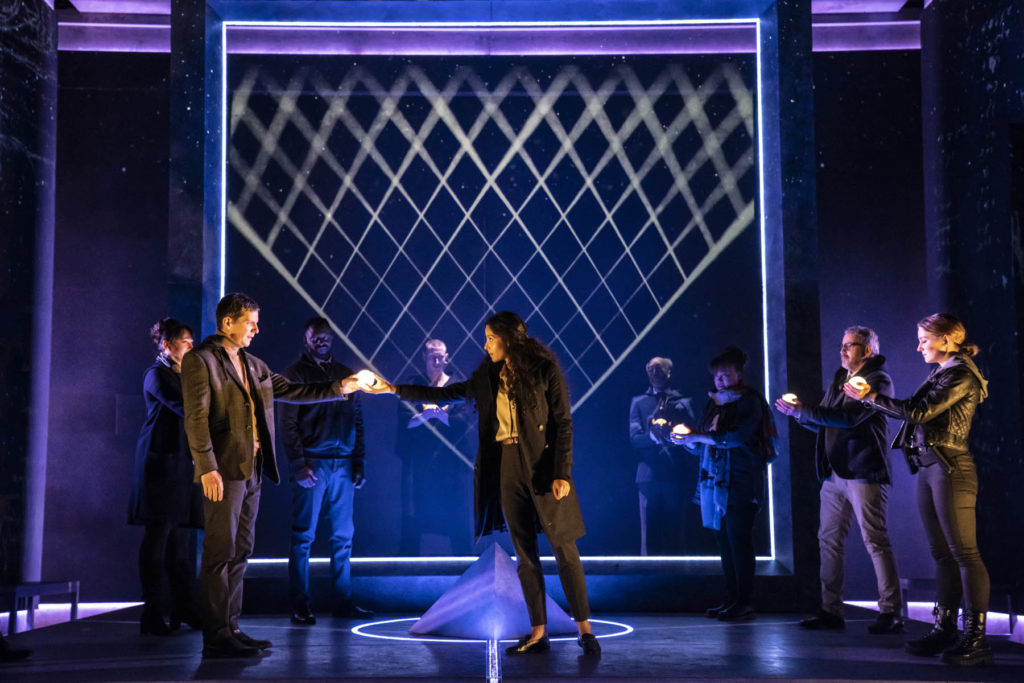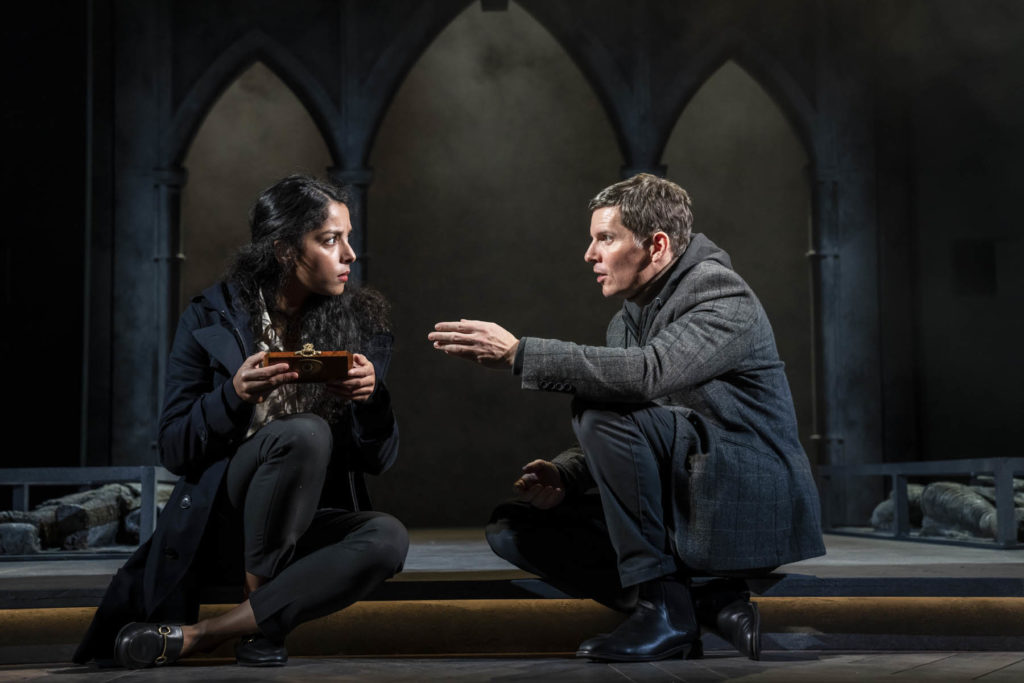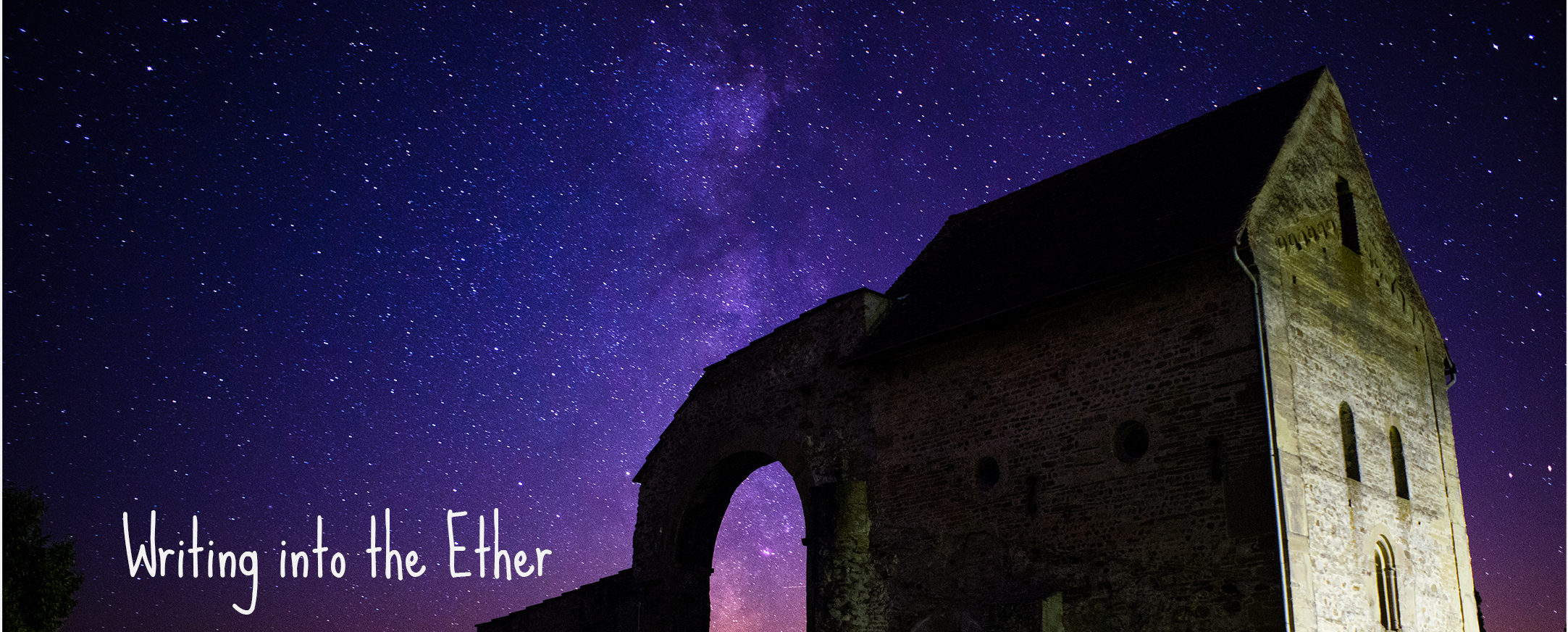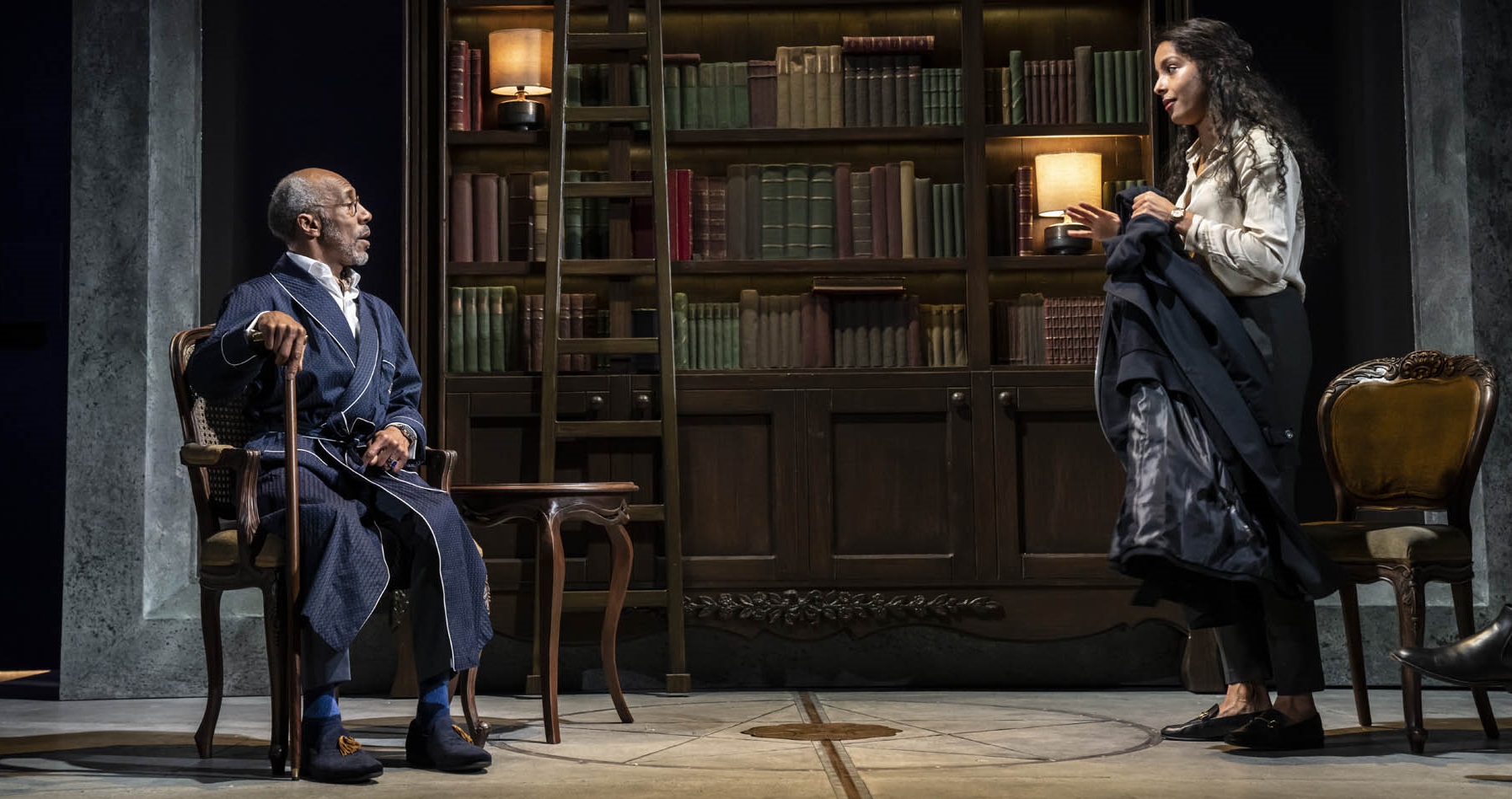Sorry I’ve been a bit quiet recently and only seem to be posting reviews lately – my cat went missing for a few weeks and I have not altogether been feeling myself! I am hoping to take lots more pics, and visit lots more places as we move into Spring! For now, here’s my review of Davinci Code at the Belgrade Theatre this week!
Firstly, a little bit about my evening! I got a cab into town first to meet my friend for some dessert over the road (there are tons of restaurants and dessert options in the area, including a bar within the Belgrade itself.) I thought I’d make a little effort and dress up to make myself feel better! We indulged in chocolate heaven, before heading in to catch the start of the play!


I feel the need to mention, I am not going to be reviewing The Da Vinci Code as a text because that isn’t productive! It’s a 2006 best-selling book that definitely prompted mixed opinions which I won’t entertain at this time! What I will be talking about is how the book was translated to the stage and how well it went.
In terms of stage production, I absolutely could not fault it. The visuals were very fitting and the use of modern technology was incredibly well done. The performances from all the actors were really polished too – it was clearly a high-budget play with a well-thought out sequence of visuals that successfully made you understand where you were in the world with minimal context (the joys of well-made theatre!)

My friend pointed out to me that Danny John Jules was in Red Dwarf all those years ago, and I barely recognised him (seeing as he wasn’t dressed like Cat… ) I was altogether really swept away by his performance in particular – his characterisation of Sir Leigh Teabing made the character so lovable and made the audience warm to him.
I must admit, I don’t remember much of the book but to me it felt like the stage production brought the mid-00’s text sharply into the 21st Century, by making sure the protagonists (Robert Langdon and Sophie Neveu) shared an equal stage presence and they tackled each clue on the way together (rather than all within the male protagonist’s head.)

I also need to mention that despite the book’s seemingly obvious riddle (and me having read the book, knowing the solution to the crypt-ex) the play did go some way to explain why the scholarly main characters didn’t solve it immediately. The frantic pacing of the play really captured the rushed feeling of someone who was on the run, and thus so absorbed by the chase and their own complex and deep understanding of symbols, that they couldn’t work out what ultimately was a very simple solution.
Overall, the play was much more enjoyable than the book or film adaptation, and I’d recommend it to anyone who either is too young to remember the story and so can revel in the suspense, or someone who wants a new retelling of the story in a much better way.
The Da Vinci Code is on at tour until November and is at the Belgrade until 26th February 2022.

